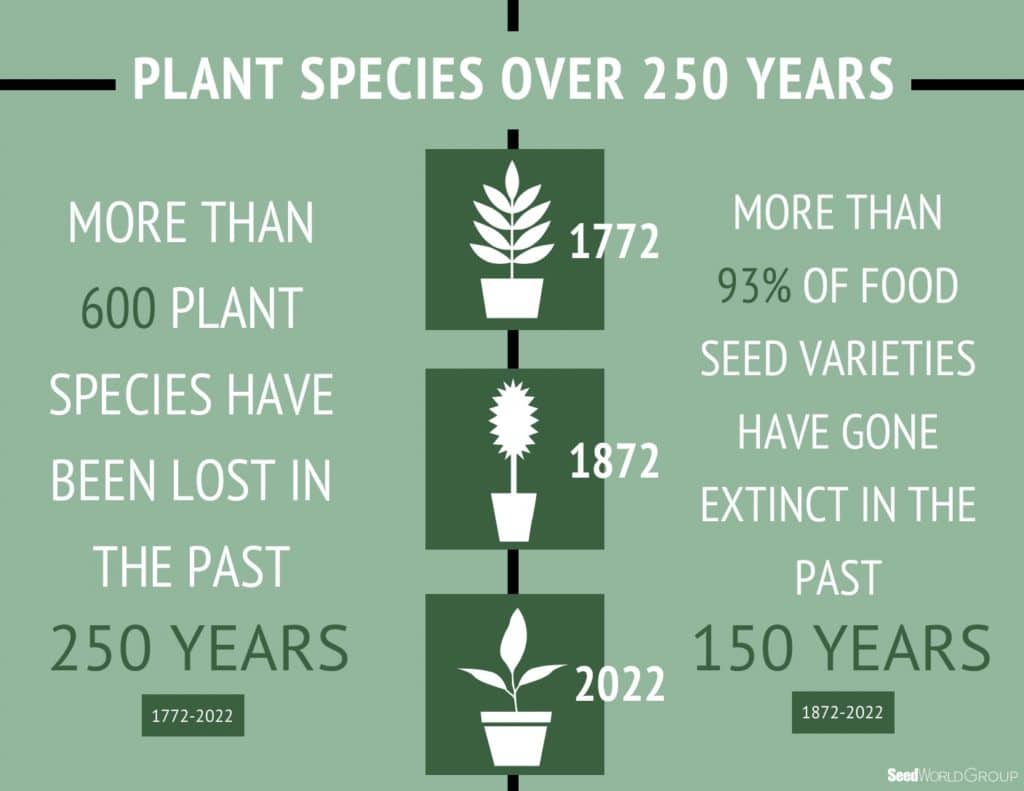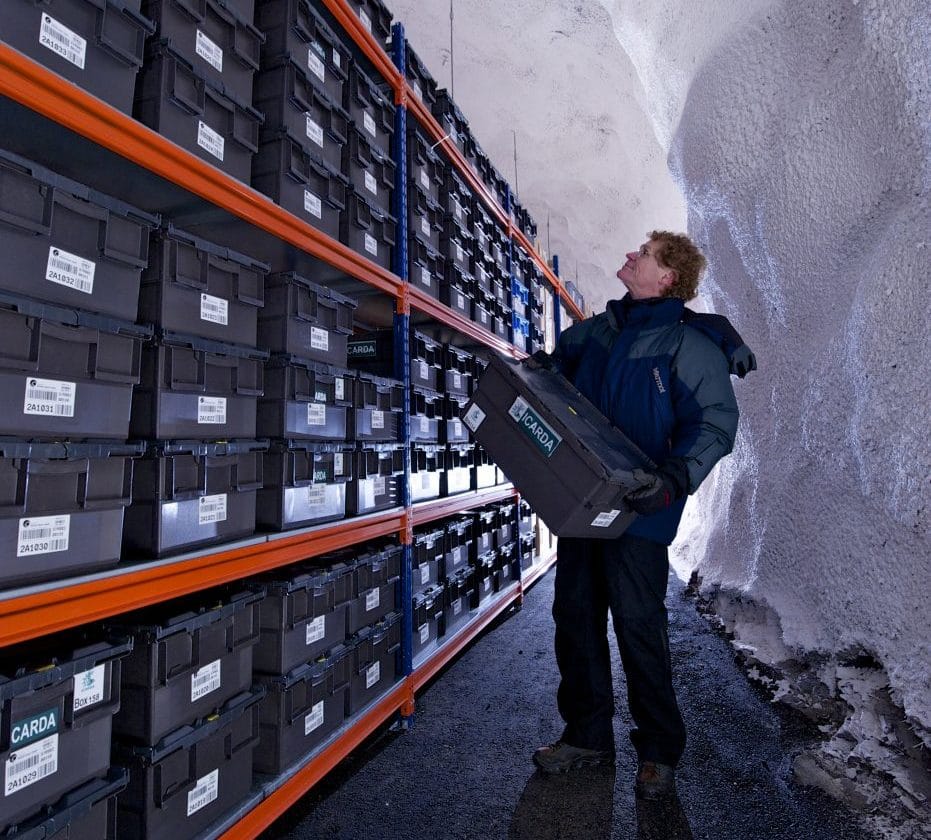With more pressure to increase food supply in a sustainable way, breeders might need to lean into more diverse genetics. Fortunately, breeders, seed companies and countries around the world recognize the value of genetic diversity and have protected it through careful seed storage.
These seeds are stored in seed banks. With more than 1,000 global seed banks, they are essential for building agricultural resilience when faced with climate change and disaster. These institutions store seeds, samples of genetic material and multiple varieties of plant species, recording the agricultural evolution of the area in which they are located.
An operating seed bank helps maintain biodiversity and allows communities to form resilience to the extinction of plants, according to the Global Resilience Institute at Northeastern University.

The absence of biodiversity has serious consequences for global food supply. A lack of varieties within a species opens the door for bacterial or fungal infections to wipe out an entire crop.
Svalbard Global Seed Vault
The Svalbard Global Seed Vault in Norway is a great example of a resilient seed bank. With over 1,000,000 samples from maize, rice, wheat and cowpea to eggplant, lettuce and potato, the Vault is home to the most diverse group of food crop seeds, says Crop Trust.
The -18ºC temperature allows the tightly sealed seed samples to remain viable for thousands of years.
“The Vault is the ultimate insurance policy for the world’s food supply, offering options for future generations to overcome the challenges of climate change and population growth. It will secure millions of seeds representing every important crop variety available in the world today,” shared Crop Trust.
Small Farmers Benefit from Seed Banks
In addition to guaranteeing food security across the world, food banks also help small farming communities create a network.
Navdanya, a network of seed protectors in India, works to help farming communities produce seed banks and teach farmers how to cultivate genetic variations within indigenous plants.
“This helps to relieve the reliance on crop corporations to bring in harvests and connects farmers to a forum in which they can discuss the best farming practices,” says the Global Resilience Institute.
While some seed keepers fear seed banks only mitigate the effects of climate change and might act as a target during war, the benefits of these banks continue to prove their worth as they build resilience in agriculture.
Read More About Strategies to Combat Climate Change:
Rising to the Challenge of Climate Change
How Seed Can Help Fight Against Climate Change
Plant Water Management Critical for Climate Change
Can Cover Crops Help Mitigate Climate Change?
Untapped Rice Varieties Could Sustain Crop Supplies in Face of Climate Change












